bees species used in pollinating food crops
European honey bees Apis mellifera get the most credit for crop pollination. Of around 100 crop species honeybees pollinate 70 including fruits vegetables and nuts.
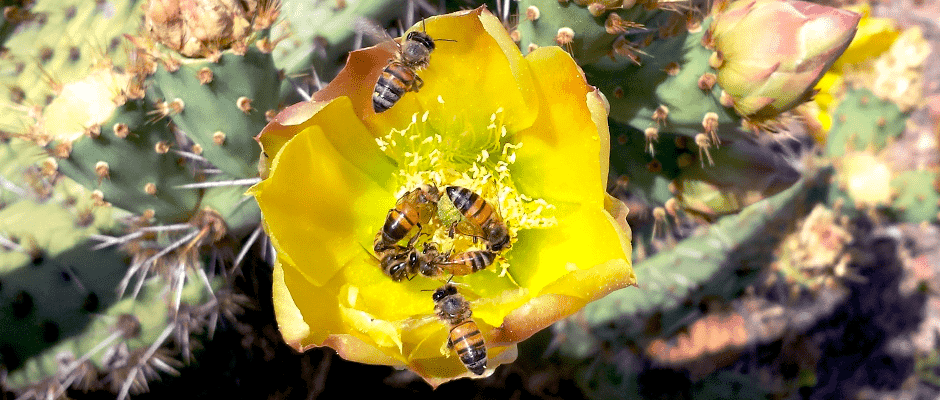
Honey Bees Pollinate A Lot More Than Just Crops The Wildlife Society
Bees essential for pollination of plants used in Animal feeds include the Alfalfa Leafcutter Megachile rotundata Alkali Bee Nomia melenderi flower bees Anthophora species which pollinate autumn sown beans and peas Osmia bees Bumble Bees and the Honey Bee which pollinate Oil seed rape and brassicas used in cover crops and forage crops.
. But are honey bees really doing all the hard work. Contributing far beyond any other agricultural management practice. THE SIGNIFICANCE OF HONEY BEES They are managed and used to pollinate over 100 crops grown in North America and contribute 15 billion to the US economy every year.
The latter species are either parasitic cuckoo bees that. Cabbage cauliflower carrot coriander cucumber melon onion pumpkin radish and. Honey bees which are commonly used to pollinate crops Parasitic mites were responsible for some of the declines more recent declines are from Colony Collapse Disorder CCD.
Documented bee declines notably in agricultural landscapes. Often the major commercial bee pollinators are either honey bees or bumble bees but in some cases certain solitary bee species are also used commercially eg blue orchard bees Osmia lignaria and alfalfa leafcutter bees Megachile rotundata. The main insect pollinators by far are bees and while European honey bees are the best known and widely managed pollinators there are also hundreds of other species of bees mostly solitary ground nesting species that contribute some level of pollination services to crops and are very important in natural plant communities.
Pollinators affect 35 percent of global agricultural land supporting the production of 87 of the leading food crops worldwide. Domestic honeybees kept in hives pollinate approximately 34 while the rest is done by wild species. The honey bee is a major pollinator of several of our food crops including almonds apples avocados cherries cranberries sunflowers watermelon and many more.
Almond apple apricot peach strawberry citrus and litchi. According to calculations by Calderone and Morse 2000 the value of honey bee pollination to agriculture in the United States is as high as US 146 billion per year. The honey bee is so essential in crop pollination that some farmers rent them or ship them in to pollinate their crops in the spring.
Bumble bees are an effective alternative to labor-intensive manual pollination of greenhouse grown tomatoes sweet peppers and strawberries. Wild bees contribute significantly to crop pollination and can work even more efficiently than honey bees. Some crops including blueberries and cherries are 90-percent dependent on honey bee pollination.
One crop almonds depends entirely on the honey bee for pollination at bloom time. In Michigan alone the total value to the main fruit and vegetable crops dependent on honey bee pollination is about 300 million per year. Why we need bees.
About one-third of the food eaten by Americans comes from crops pollinated by honey bees including apples melons cranberries pumpkins squash broccoli and almonds to name just a. Wild bees are often more effective pollinators than honeybees but research has shown several species are in sharp decline. 6 rows Wild bees provide a critical ecosystem service by pollinating globally important crops.
North Americas approximately 4000 wild bee species help pollinate agricultural crops as well as the seeds nuts and fruits that are consumed by animals from songbirds to grizzly bears2. Wild bees provide a critical ecosystem service by pollinating globally important crops. Honey bees are by far the species that are most often imported to field crops for pollination.
Thus bees and other pollinators make important contributions to agriculture. Many crops such as almonds which contribute 48 billion to the US industry each year rely on honey bees for more than 90 of their pollination. Honey bees alone are responsible for approximately 80 of worldwide pollination and are our specialist pollinators.
Vegetable and Vegetable seed crops. Examples of bee pollinated crops include watermelons cantaloupe citrus and apples see story below. 96 rows Bee pollination is one type of entomophily which is pollination performed by insects.
The rusty patched bumblebee for example was the first bee to be placed. Most staple food grains like corn wheat rice soybean and sorghum need no insect help at all. Other bees tend to favor one species at a time therefore do most of the actual pollination.
Bumble bees commonly pollinate over 25 crops worldwide including cranberries blueberries strawberries plums zucchinis melons sweet peppers tomatoes as well as seed crops like alfalfa red clover cotton and sunflower see sidebar. Although some of these crops are pollinated by bee species other than honey bees honey bees are the only ones that can be easily managed moved around and are known to exploit a wide variety of crops. They are wind or self-pollinated.
Honey bee poisonings result in annual losses of 133 million Pimentel et al 1992InIngram et al 1996a. BEES IN CROP POLLINATION To date we have identified 65 native bee species that visit and po-tentially pollinate a variety of prin-cipally summer California crops and 14 additional bee species that visit crops but probably do not con-tribute to pollination see Table 1 on page 44. While some crops may achieve sufficient pollination with only bumble bees present others may achieve greatest pollination with a.
Plus pollination-dependent crops are five. Bumble bees and honey bees are not necessarily interchangeable as pollinators for some plant species. As honey bees gather pollen and nectar for their survival they pollinate crops such as apples cranberries melons and broccoli.
Honey bee colonies with thousands of foraging workers are easy to transport between farms and orchards. But the bees significance goes far beyond crop growing. Other staple food crops like bananas and plantains are propagated from cuttings and produce fruit without pollination.
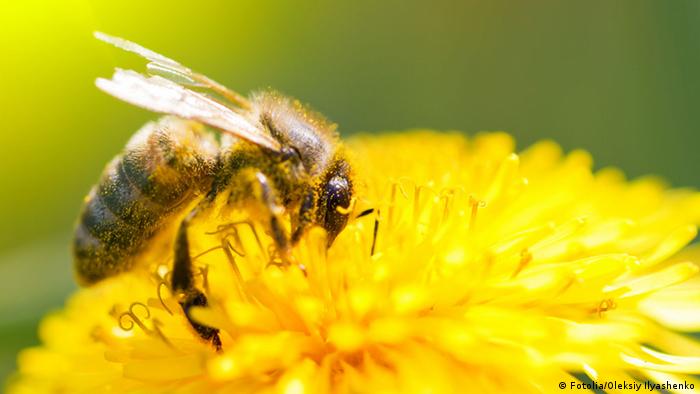
Supply Chains At Risk As Pollinators Die Out Environment All Topics From Climate Change To Conservation Dw 13 04 2018
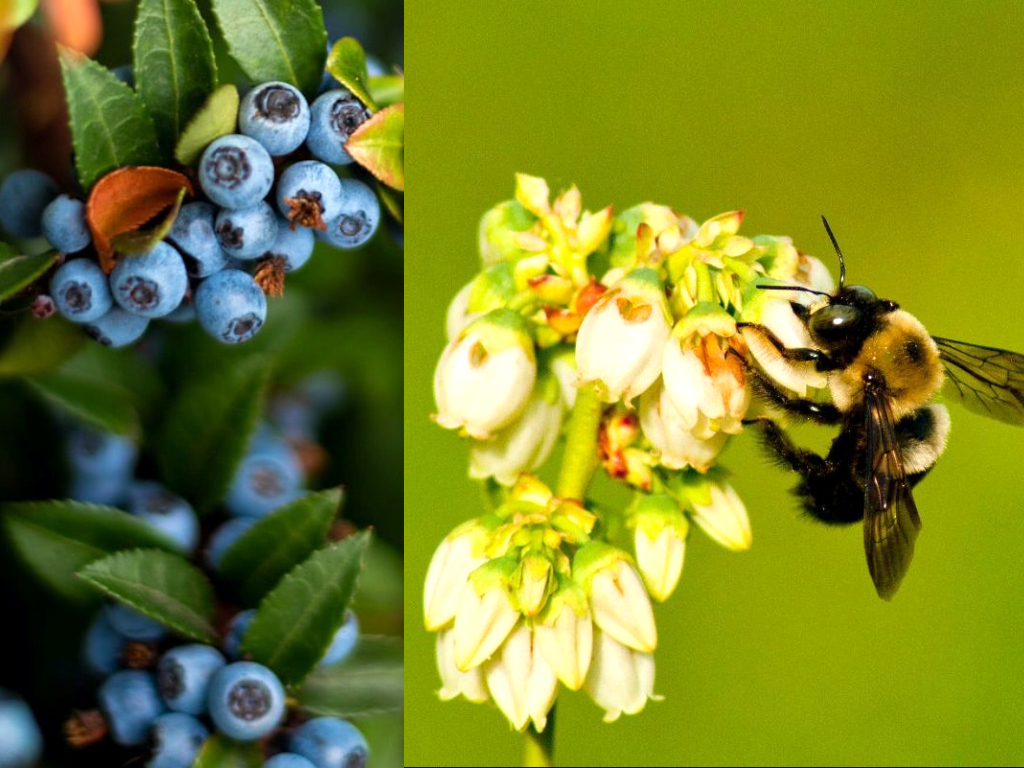
Bee Population Decline Leads To Food Crop Shortages Scientists Find

Loss Of Bees Causes Shortage Of Key Food Crops Study Finds Bees The Guardian
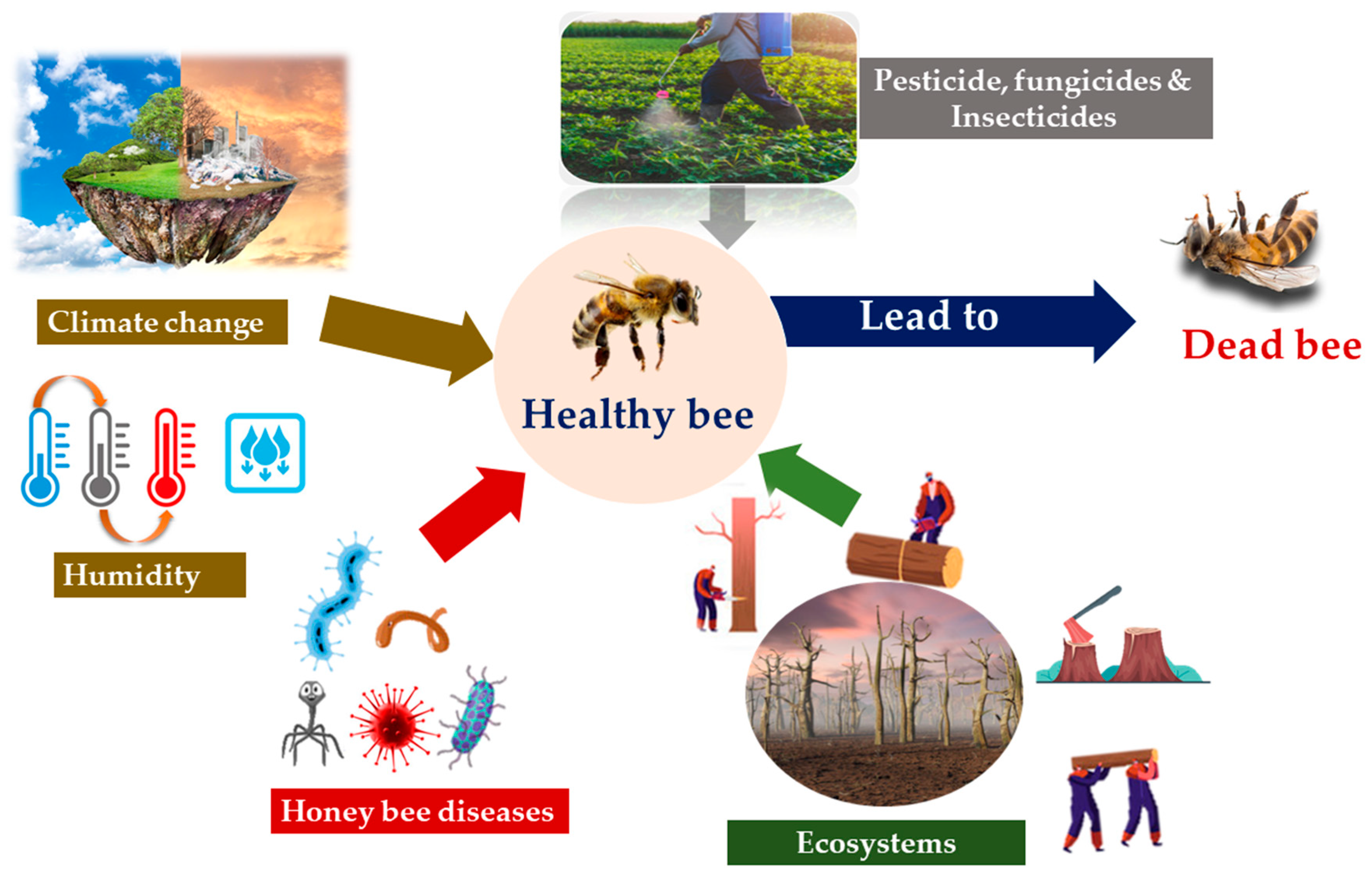
Insects Free Full Text Overview Of Bee Pollination And Its Economic Value For Crop Production Html
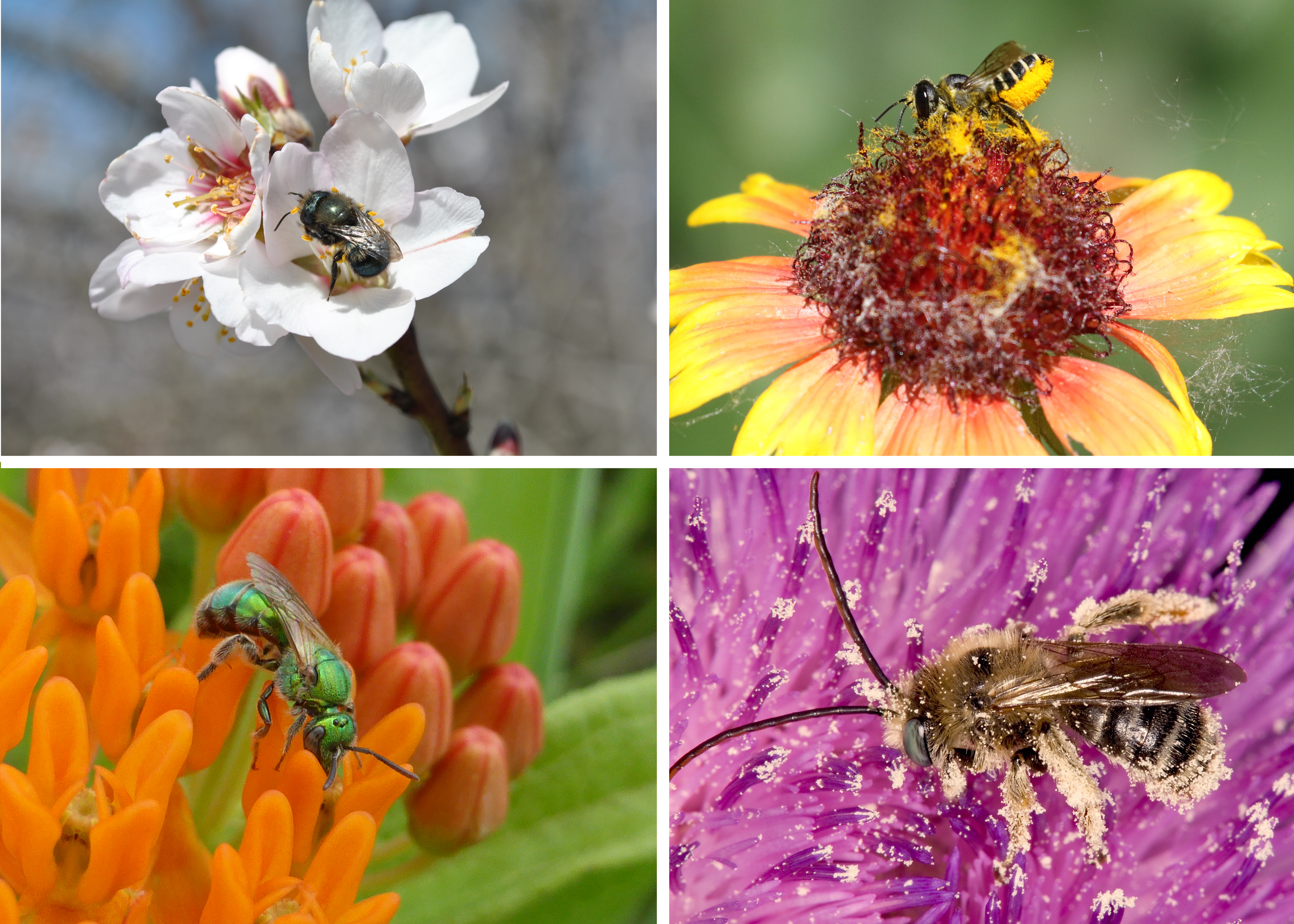
Who Are The Pollinators Xerces Society
Honey Bees Wsu Tree Fruit Washington State University

Most Of The Wild Bees Pollinating Crops In North America And Europe Are Not Actually Threatened Quartz
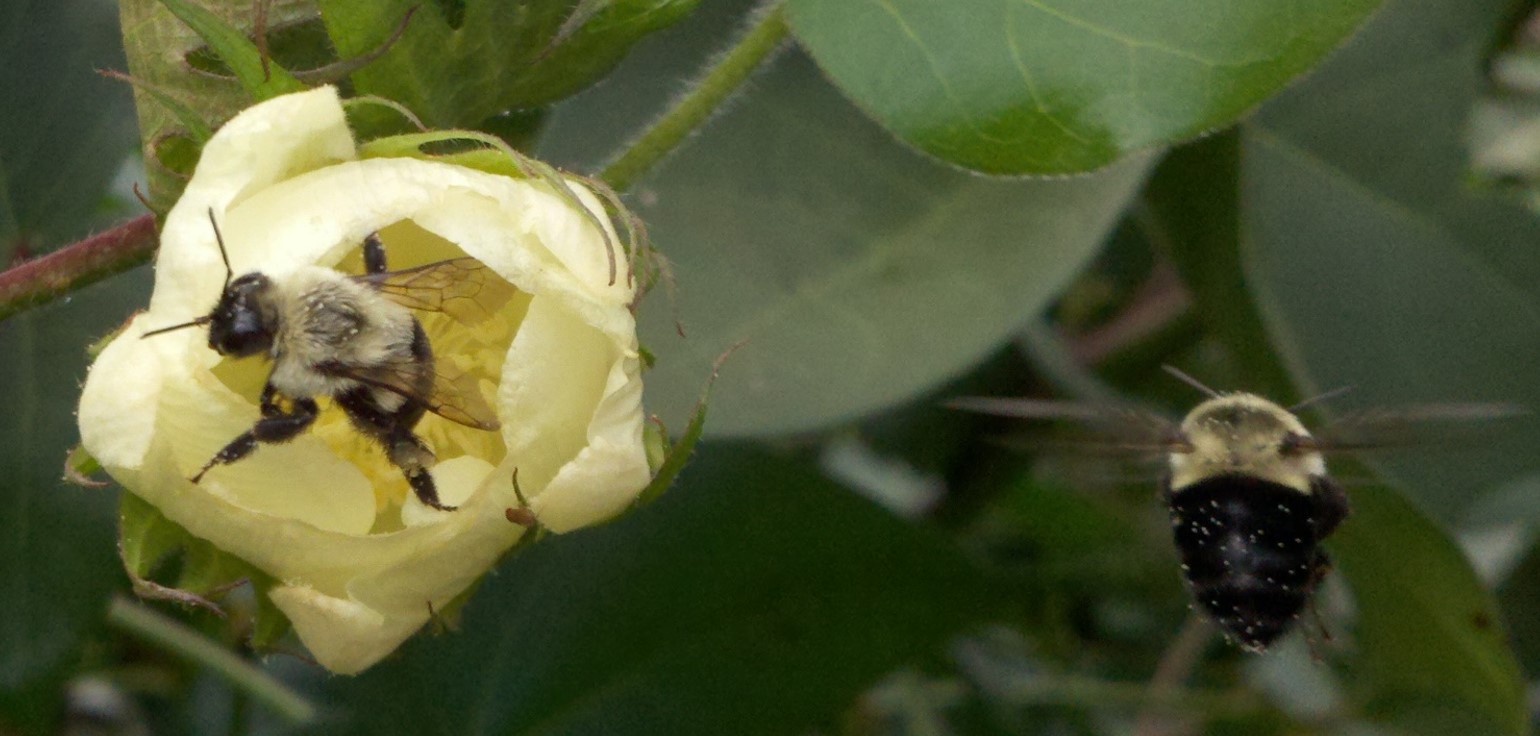
The Bumble Bee One Of Florida S Vital Pollinators Panhandle Agriculture
0 Response to "bees species used in pollinating food crops"
Post a Comment